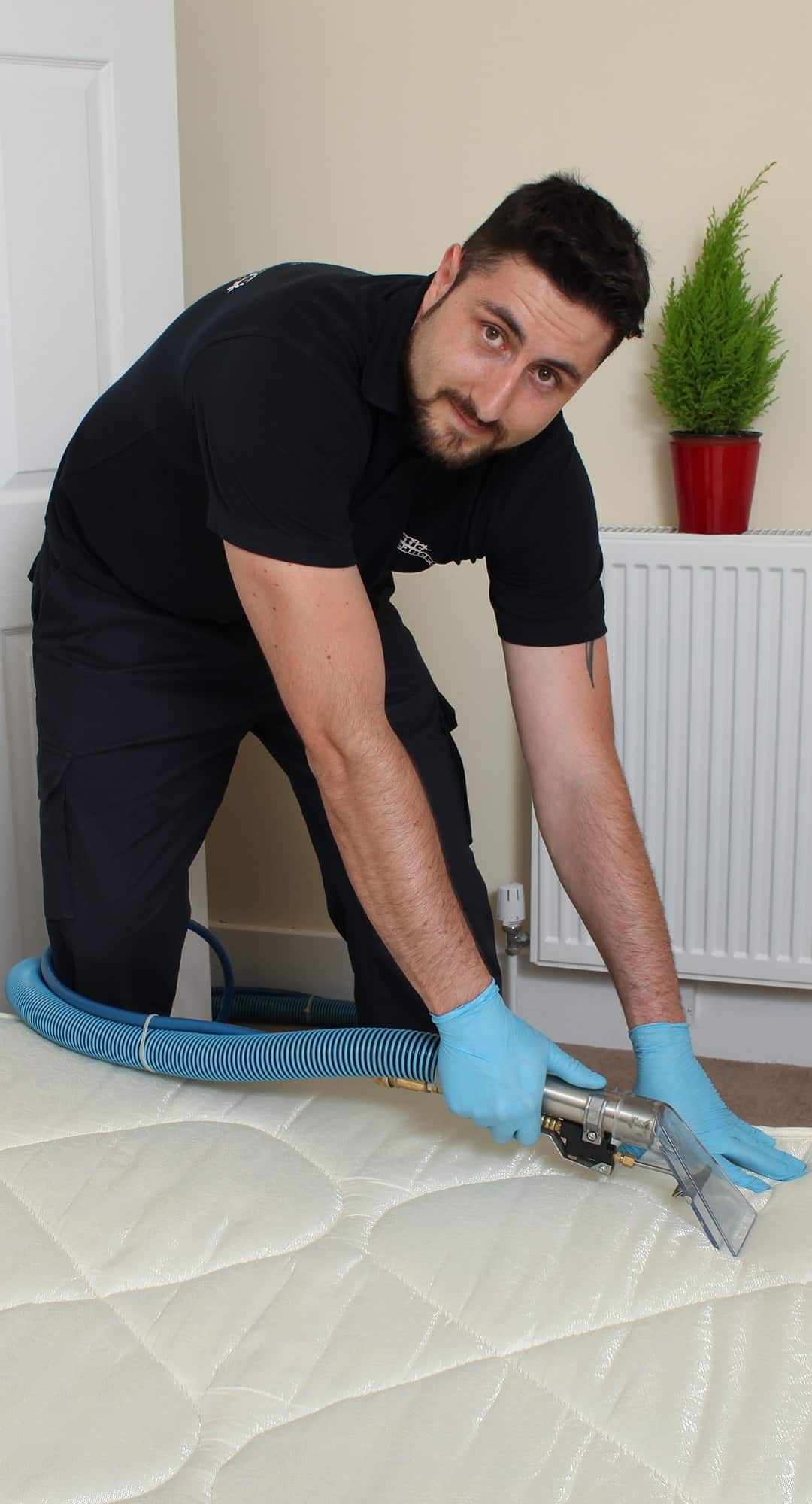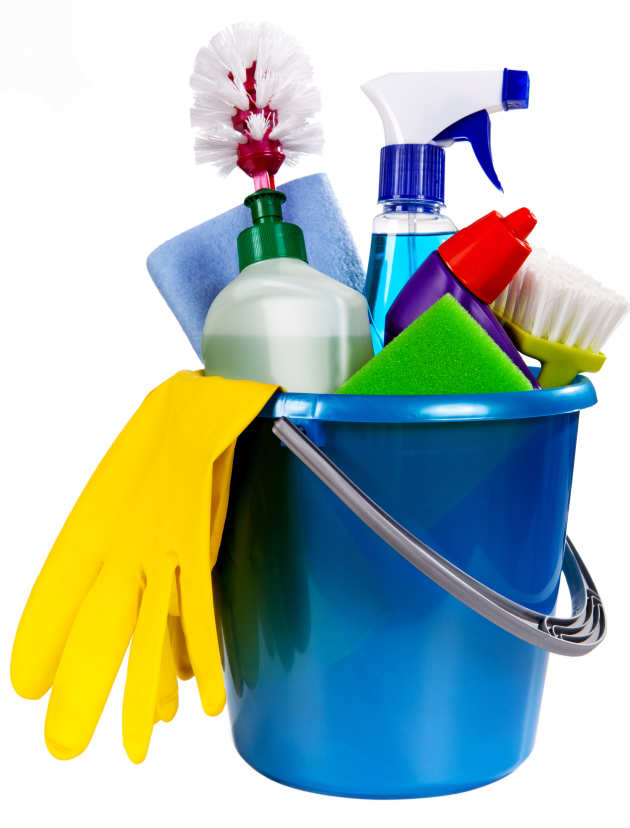How to Keep Your Home Sanitary: Everyday Cleaning Tips for Defrosted and Cleaned Every Few Months
Recognizing the Need for Extensively Disinfecting and Sterilizing Regularly Touched Surfaces in High-Traffic Locations
In the realm of public wellness and safety and security, the thorough sanitation and sanitization of regularly touched surface areas in high-traffic locations stand as vital procedures in stopping the spread of dangerous microorganisms. By exploring the different facets of surface area sanitation, from the risks associated with neglecting cleaning methods to the reliable techniques that can be utilized, a clearer understanding arises of the essential function these methods play in protecting public health.
Relevance of Surface Area Disinfection
Emphasizing the thorough sanitation of high-traffic surfaces is essential in keeping a sanitary environment and preventing the spread of unsafe microorganisms. High-touch surfaces such as door takes care of, light switches, lift switches, and countertops work as breeding grounds for viruses and microorganisms. Regular sanitation of these surfaces is essential to reduce the threat of contamination and transmission of diseases.
By applying a robust sanitation procedure, institutions and organizations can create a more secure atmosphere for consumers, employees, and site visitors. Proper surface area sanitation not only alleviates the spread of infectious illness yet also imparts self-confidence in the cleanliness and security of the premises. This aggressive approach demonstrates a dedication to health and wellness, which is particularly crucial in high-traffic locations where the likelihood of exposure to microorganisms is enhanced.
Moreover, surface disinfection plays a critical role in overall infection control methods. Incorporated with hand health practices, wearing masks, and preserving physical distancing, complete sanitation of high-touch surface areas forms a comprehensive defense against the transmission of dangerous microbes. Focusing on surface area sanitation is an essential component of a holistic method to health and wellness in common areas.
Threats of Disregarding Cleansing Practices
Disregarding thorough sanitation of high-traffic surface areas significantly enhances the threat of viral and bacterial contamination, positioning a major risk to the health and wellness and security of individuals frequenting these spaces. Failing to apply correct cleansing methods can result in the accumulation and spread of damaging microorganisms, including microorganisms and infections, on regularly touched surface areas such as doorknobs, handrails, elevator switches, and counter tops.

In addition, disregarding the relevance of comprehensive cleansing not just endangers the well-being of people yet additionally undermines efforts to maintain a sanitary and tidy atmosphere. It is important to identify the value of correct sanitation protocols in stopping the spread of infections and securing public wellness.
Efficient Sanitation Approaches
To maintain ideal sanitation and reduce the threat of contamination on high-traffic surface areas, using efficient sanitation techniques is necessary. Among one of the most effective and typical sanitation approaches is making use of chemical anti-bacterials. These products can vary in toughness and make-up, with some targeting particular virus like germs or viruses. It is important to follow the supplier's directions for correct dilution, contact time, and air flow when utilizing chemical disinfectants to ensure their effectiveness - defrosted and cleaned every few months.
An additional effective method is the usage of UV-C light. UV-C light has been revealed to be efficient in killing a broad variety of microorganisms by interrupting their DNA structure, hence avoiding them from replicating. Nonetheless, it is vital to use UV-C light effectively, ensuring that the proper intensity and exposure time are Vacuum Carpets related to achieve the preferred sanitation outcomes.
In addition, utilizing vapor cleaning as a disinfection approach can be very effective, specifically on surface areas that are heat-resistant. Vapor can penetrate porous surface areas and kill bacteria, viruses, and other microorganisms successfully. When utilizing steam cleansing, it is very important to make sure that the surface area reaches the required temperature level for a sufficient quantity of time to guarantee correct sanitation.
Effect On Public Wellness
The upkeep of high standards of cleanliness and sanitation on high-traffic surface areas plays a crucial duty in safeguarding public wellness. Often touched surface areas in areas with high tramp, such as doorknobs, hand rails, elevator buttons, and restroom centers, serve as breeding grounds for dangerous microorganisms. Failing to properly sanitize these surface areas can bring about the quick spread of contagious illness within areas. By carrying out thorough sanitation procedures, the risk of transmission of viruses, bacteria, and various other germs can be considerably reduced.
Efficient cleanliness practices not just shield people from falling ill yet additionally add to the overall well-being of culture. Public health and wellness authorities highlight the importance of keeping tidy atmospheres to stop episodes and consist of the spread of health problems. In high-traffic areas like airports, schools, health centers, and mass transit systems, the influence of extensive disinfection actions can not be downplayed. Prioritizing the sanitization of regularly touched surfaces is an aggressive technique to promoting public wellness and improving the safety and security of people in shared areas.
Implementing Routine Cleansing Protocols
Without delay instituting and sticking to a constant schedule of cleaning procedures is vital for preserving the tidiness and safety of high-traffic surfaces. Regular cleansing protocols are vital in preventing the buildup of bacteria and pathogens on often touched surface areas, especially in areas with high foot website traffic. By implementing a methodical strategy to cleaning, organizations can successfully lower the danger of illness transmission and develop a healthier atmosphere for workers, customers, and the public.
To develop a reliable cleansing schedule, it is important to recognize high-traffic locations that call for frequent attention. These areas may consist of doorknobs, hand rails, elevator switches, washroom centers, and shared devices. Applying a regular cleansing routine that targets these surfaces multiple times a day can considerably lower the spread of hazardous microorganisms and infections.
Moreover, utilizing suitable cleaning agents and disinfectants is essential to guaranteeing that surfaces are thoroughly sanitized. Regular training of cleansing team on appropriate cleaning methods and the significance of adherence to the cleaning schedule is also vital in maintaining a sanitary setting. By focusing on constant cleansing procedures, organizations can promote the health and wellness of people that interact with these high-traffic surfaces.

Verdict
In final thought, it is vital to focus on detailed disinfection and sanitization of often touched surface areas in high-traffic areas to prevent the spread of unsafe virus and preserve public health and wellness. It is crucial to identify the importance of keeping clean surface areas in high-traffic areas to ensure the wellness of the area.
In the realm of public health and safety, the precise disinfection and sanitization of often touched surfaces in high-traffic areas stand as paramount steps in stopping the spread of dangerous virus. By checking out the different aspects of surface disinfection, from the dangers linked with overlooking cleansing protocols to the efficient techniques that can be used, a clearer understanding emerges of the important duty these practices play in securing public health and wellness.Additionally, using vapor cleaning as a sanitation technique can be very efficient, specifically on surface areas that are heat-resistant. When making use of vapor cleansing, it is crucial to guarantee that the surface area gets to the needed temperature for an enough amount of time to assure proper disinfection.
In final thought, it is important to prioritize complete sanitation and sanitization of regularly touched surfaces in high-traffic locations to stop the spread of dangerous pathogens and maintain public health and wellness.